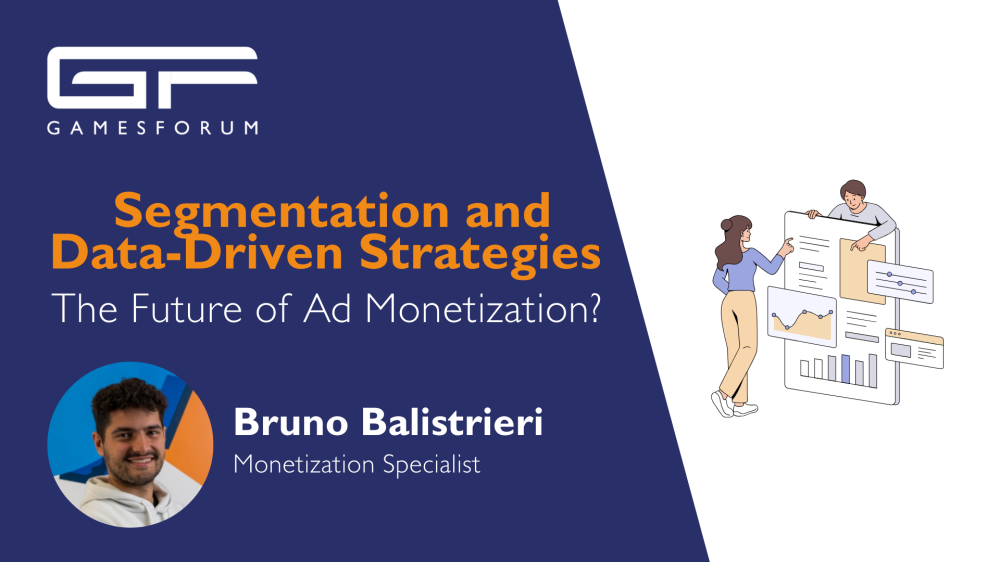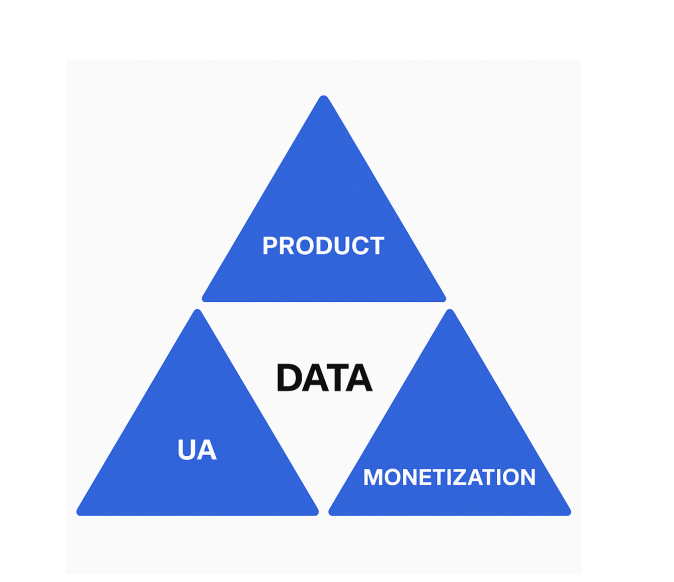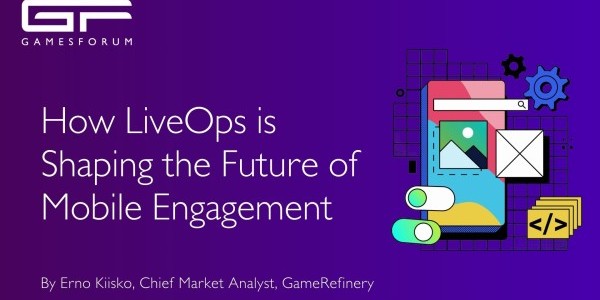Segmentation and Data-Driven Strategies: The Future of Ad Monetization?

“It is no longer enough to show ads and expect the revenue to flow in.”
That’s the call-to-action for this year’s Gamesforum London panel on the art of ad monetization. And it couldn’t be more accurate.
For years, publishers leaned on static setups and “best practices” to keep the ad stack running. That approach is no longer sufficient. Players are more diverse, their behaviors more fragmented, and their tolerance for ads more complex than ever. To unlock true revenue potential, we must evolve, and segmentation is at the heart of that evolution.
Moving Beyond the Universal Model
The traditional approach to ad monetization assumed a one-size-fits-all user. Everyone saw the same placements at the same moments, with the same frequency. It was simple, but it was also blunt.
Today, that approach misses opportunities. Not all users engage with ads in the same way, and not all players deliver value on the same path. Treating them identically means underserving some, overwhelming others, and leaving money on the table.
Segmentation as Strategy
Segmentation changes the equation by aligning ad experiences with user behavior. That can mean changing ad frequency, ad unit mix, or even the very moments when ads are triggered. For long-session players, ads may need to be carefully spaced to preserve retention. For short-session users, earlier monetization might be necessary to capture value before they churn.
Putting into perspective:
- Retention-driven players may benefit from carefully spaced interstitials, ensuring long sessions remain enjoyable.
- Churn-prone users can be monetized more aggressively early on, before they leave.
- Paying users might receive lighter ad exposure, or be offered rewarded ads tied to premium incentives.
- Ad-first users are those who rarely spend but frequently engage with rewarded ads. They can become the backbone of sustainable ARPU.
By tailoring experiences to these groups, publishers don’t just increase revenue, they also protect retention by avoiding a blanket strategy that frustrates the wrong users.
Data as the Enabler
Segmentation only works when it is powered by data. It’s not enough to define cohorts; you need to understand them. That means tracking signals such as session length, engagement milestones, churn risk, and even in-game progress to guide monetization logic. But monetization doesn’t live in isolation. Data is the common thread that connects Product, UA, and Monetization, which are three sides of the same triangle.
- Product generates the experiences and signals that define how users behave.
- UA brings in the right players, ensuring you aren’t trying to monetize users who were never the right fit for the game.
- Monetization turns engagement into sustainable revenue, feeding back into Product and UA with insights on which users and experiences deliver the most value.
When one side of the triangle is weak, the entire structure suffers. If UA brings in mismatched users, monetization can’t reach its potential. If Product doesn’t provide engaging loops, ads become intrusive. If Monetization operates without Product and UA, opportunities are lost. Data unites all three. It ensures Product design, UA targeting, and Monetization strategy flow together rather than operating in silos.

A/B Testing as Core Practice
Every decision, such as frequency capping, ad pacing, trigger timing, or ad unit mix, should be tested, iterated, and refined, since every game is unique and demands its own strategies. Small changes can have outsized effects, and what works for one title will not always translate to another.
The challenge is organizational: too often, experimentation is limited to UA campaigns, while ad monetization remains static. Shifting this mindset is essential. A/B testing and multivariate design should be seen as part of the monetization workflow, not an afterthought.
Balancing Strategy with Responsibility
With great flexibility comes responsibility. Personalization can easily slip into exploitation if not handled carefully.
For example:
- If vulnerable users are identified as high ad responders, do we risk bombarding them with excessive ads?
- If paying users are given an ad-free premium experience, are we creating two-tiered games that punish non-payers with aggressive monetization?
In the first case, targeting vulnerable users with high ad loads may deliver short-term revenue but risks long-term trust and retention.
The goal of segmentation should not be to squeeze value at all costs, but to balance monetization with player experience. When executed correctly, segmentation aligns revenue with retention rather than working against it.
Another reason why we should always keep A/B Testing!
Monetization as a Product Discipline
The future of ad monetization is not about simply running ads; it’s about designing them as part of the product experience.
When monetization is treated as a feature within the user journey, it becomes something that can be tested, iterated, and improved—like any other core mechanic.
This requires closer collaboration between product, UA, and monetization teams, ensuring that ads feel like part of the game’s design rather than an interruption to it.
Conclusion
The universal model is outdated. The industry’s next stage depends on segmentation, experimentation, and data-driven logic.
Ad monetization has reached a point where “just showing ads” is no longer enough. Publishers that embrace these practices will not only maximize ARPU, but also build ad experiences that respect their players and support long-term retention.
Those who don’t risk being left behind in a market where precision - not generalization - defines success. Monetization is no longer a back-end function. It is a product discipline. The sooner we treat it as such, the more value we can unlock - for both players and publishers.
Don't miss Bruno on the Informing Ad Mon Strategy with Data & Segmentation panel at Gamesforum London - tickets are available here.











